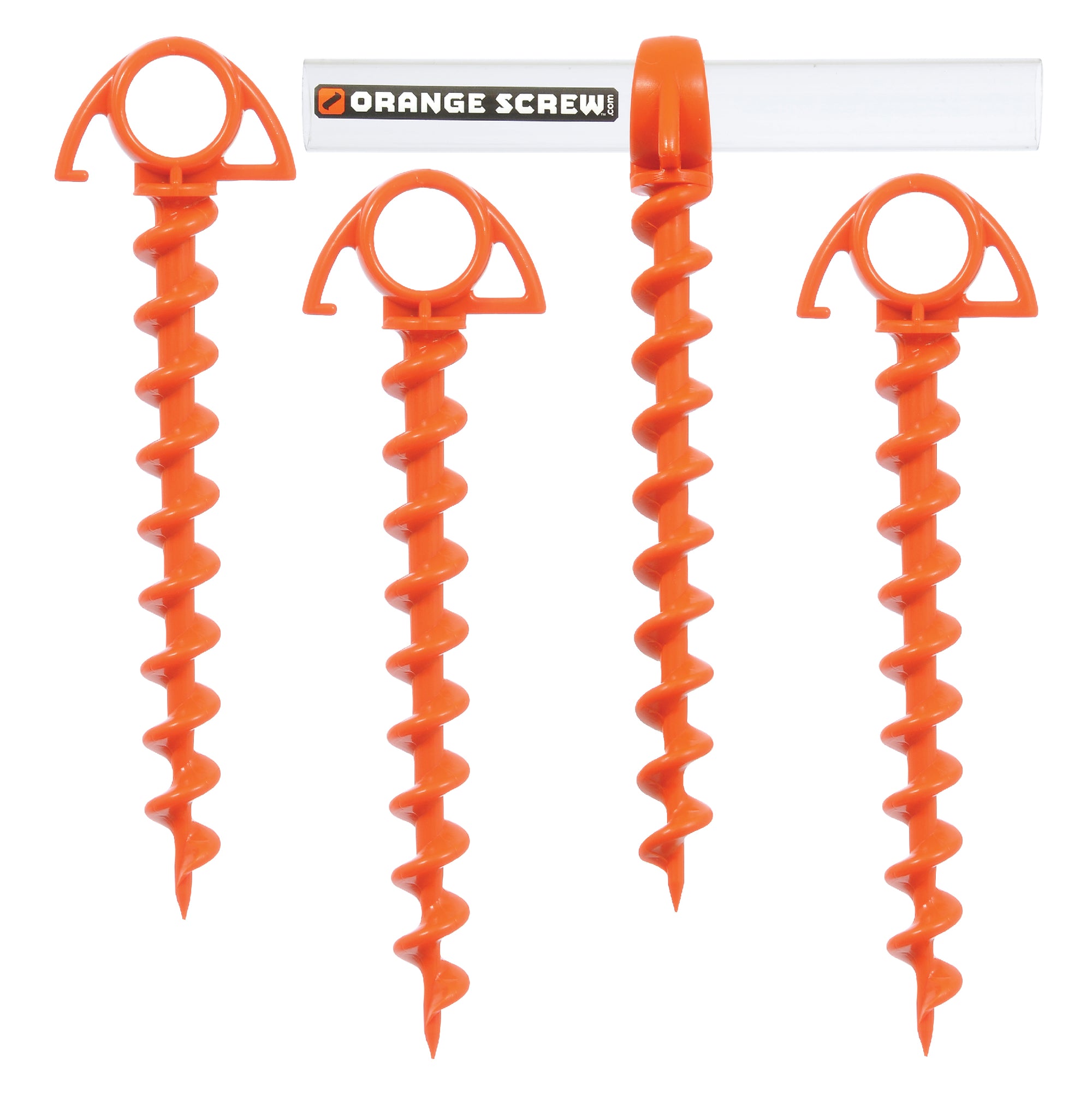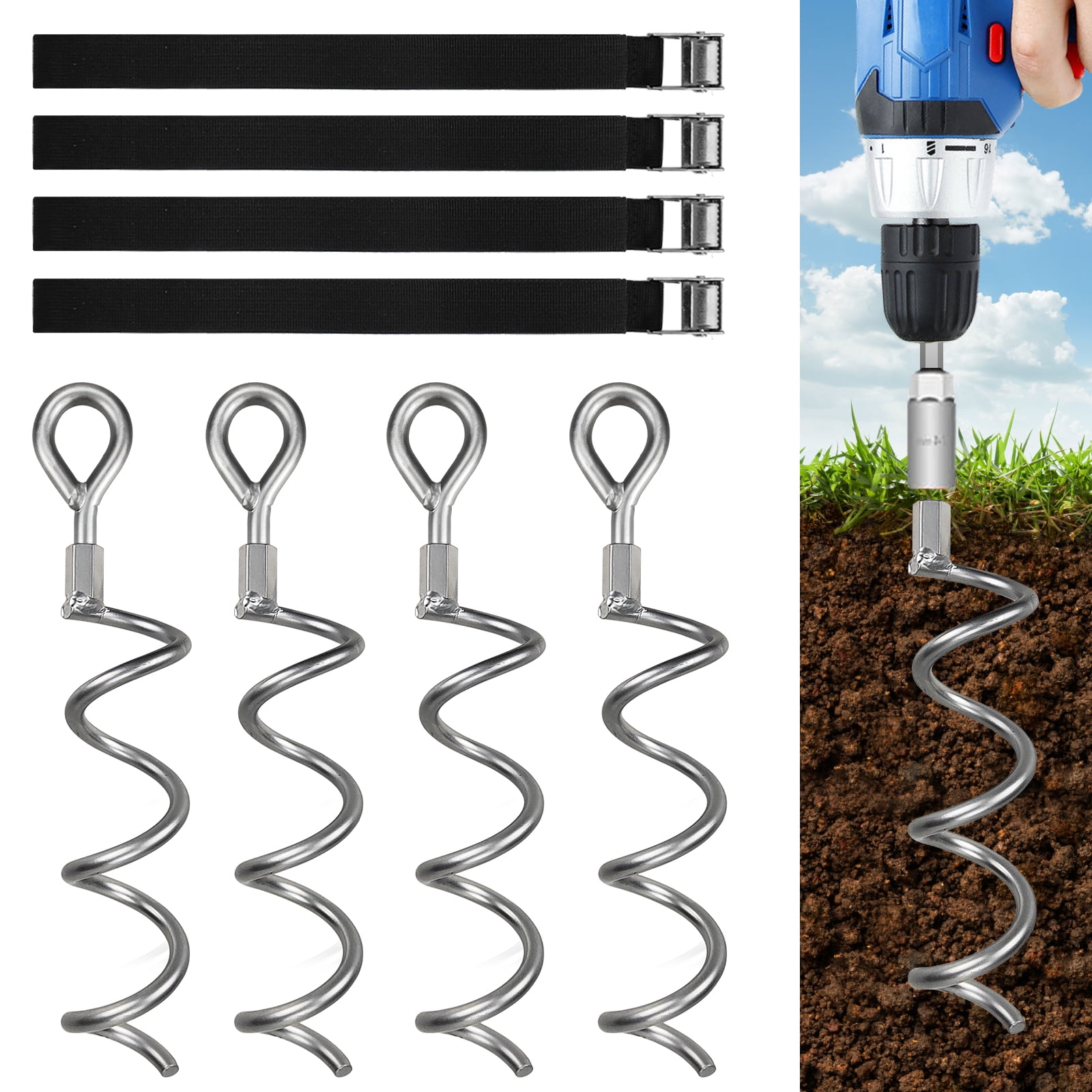The Best Ways to Install a Ground Anchor for Optimal Performance
The Best Ways to Install a Ground Anchor for Optimal Performance
Blog Article
Explore the Different Kinds Of Ground Support for Your Following Task
From auger supports, which excel in diverse dirt problems, to stake anchors designed for temporary setups, the options are various. Additionally, concrete and screw anchors existing distinct advantages in specific situations, while deadman anchors are customized for applications needing resistance to lateral pressures.

Auger Anchors
Auger anchors are a preferred selection in different building and construction and landscape design jobs because of their distinct layout and efficient securing capabilities. These anchors include a helical screw-like shaft that is driven into the ground, permitting for a secure and safe hold. The spiral design assists in easy installation and maximizes resistance versus side pressures, making auger supports particularly reliable in applications such as fence, short-lived structures, and disintegration control.
The setup process of auger anchors is fairly straightforward. Auger supports can be quickly removed and recycled, which adds to their cost-effectiveness and sustainability.
Among the significant benefits of auger anchors is their ability to disperse loads uniformly across the surrounding dirt, reducing the danger of soil disturbance and minimizing ecological influence. Furthermore, they are much less vulnerable to heaving or loosening in time compared to conventional securing techniques. Auger anchors are an exceptional selection for jobs requiring trustworthy and sturdy anchoring options.

Stake Anchors
When it involves protecting structures in a selection of outdoor applications, stake anchors supply a straightforward and trustworthy solution. These supports are generally constructed from long lasting products such as steel or light weight aluminum, designed to endure environmental anxieties while giving optimum security. Their straightforward design allows for quick setup, making them an optimal choice for temporary or permanent anchoring demands.
Stake anchors are specifically beneficial in securing camping tents, canopies, and other lightweight structures versus wind and weather. They function by being driven into the ground at an angle, creating a solid hold that resists pull-out pressures - Ground Anchor. The efficiency of stake supports depends on numerous elements, including soil kind, moisture material, and the angle of installation
For added security, many stake supports include add-on points for straps or ropes, permitting stress changes as necessary. In applications such as landscape design or construction, they can successfully stabilize equipment or structures on unequal terrain. Overall, stake anchors give a functional and cost-effective option for safeguarding various outside installments, making them a preferred option for service providers and do it yourself enthusiasts alike.
Concrete Anchors
Concrete supports give a durable remedy for safeguarding structures to concrete surfaces, guaranteeing security and safety in different applications. These anchors are essential for jobs ranging from household constructions to large-scale industrial installations. They can be found in various kinds, including growth supports, sticky anchors, and undercut anchors, each designed for particular load demands and ecological problems.
When set up,Growth supports rely on mechanical mechanisms to hold the concrete. They are excellent for medium to durable applications. Sticky supports make use of high-strength epoxy or resin to bond the anchor to the concrete, supplying exceptional load-bearing abilities, especially in split concrete scenarios. Undercut anchors produce an one-of-a-kind form within the concrete, giving extraordinary holding power, particularly in applications where tensile lots prevail.
When performed properly, concrete anchors dramatically boost the structural integrity of numerous projects, making them vital in contemporary construction techniques. Understanding the certain demands of your project will certainly help in choosing the right type of concrete anchor for the task.
Screw Anchors

Screw supports are a flexible attaching service that can be properly employed in a variety of applications where standard concrete supports might not be sufficient. These anchors consist of a helical style that permits them to be conveniently read more driven into the ground, making them optimal for usage in dirt and various other substratums. Their one-of-a-kind structure supplies excellent holding power and resistance to pull-out pressures, making them ideal for numerous projects, from landscape design to structural support.
Among the primary advantages of screw anchors is their convenience of installment. They require minimal tools and can frequently be mounted without the need for excavation, which saves both time and labor expenses. Furthermore, screw anchors can be eliminated and reused, offering a sustainable remedy for momentary applications.
Screw anchors are especially helpful in locations where dirt problems are testing, such as loosened or sandy dirts. Their capability to be set up at differing depths permits for modification based upon particular task needs. Generally, screw anchors offer a trusted and efficient anchoring method, making them an excellent option for designers and contractors looking for effective options for their projects.
Deadman Anchors
Deadman anchors offer as a robust solution for stabilizing structures in challenging problems, especially where traditional anchoring techniques might fail. These supports contain big, heavy items buried underground, which develop resistance against lateral pressures. The design generally includes a horizontal element, such as a block of concrete or a metal plate, hidden in the dirt, to which cable televisions or bands are affixed.
The efficiency of deadman anchors depends on their capacity to distribute tons over a bigger area, minimizing the threat of failure in unpredictable dirt conditions. They are specifically beneficial in applications such as retaining walls, temporary frameworks, and slope stablizing, where dirt motion can jeopardize the honesty of the structure.
Installation of deadman anchors calls for careful planning to ensure they are positioned at the proper depth and alignment, maximizing their load-bearing capacity. While they might need Continue more labor and material than lightweight anchors, their integrity in adverse problems makes them indispensable for long-term jobs. In addition, deadman supports are functional and can be adjusted to various applications, making them a go-to option for engineers facing distinct challenges in their projects.
Final Thought
Auger supports excel in varied soil conditions, while stake supports fit short-term applications. For concrete surfaces, development and sticky anchors supply reliable alternatives, and screw supports supply adaptability in challenging terrains.
In addition, concrete and screw anchors present unique advantages in details scenarios, while deadman anchors are customized for applications calling for resistance to side pressures - Ground Anchor.Auger supports are a popular option in numerous building and construction and landscape design projects due to their unique design and efficient anchoring capabilities. They come in different types, including expansion anchors, adhesive anchors, and undercut this post anchors, each designed for certain tons demands and ecological problems
Sticky anchors utilize high-strength epoxy or material to bond the anchor to the concrete, offering remarkable load-bearing capacities, specifically in fractured concrete scenarios. In general, screw supports offer a reputable and reliable anchoring method, making them a superb choice for service providers and engineers looking for effective services for their jobs.
Report this page